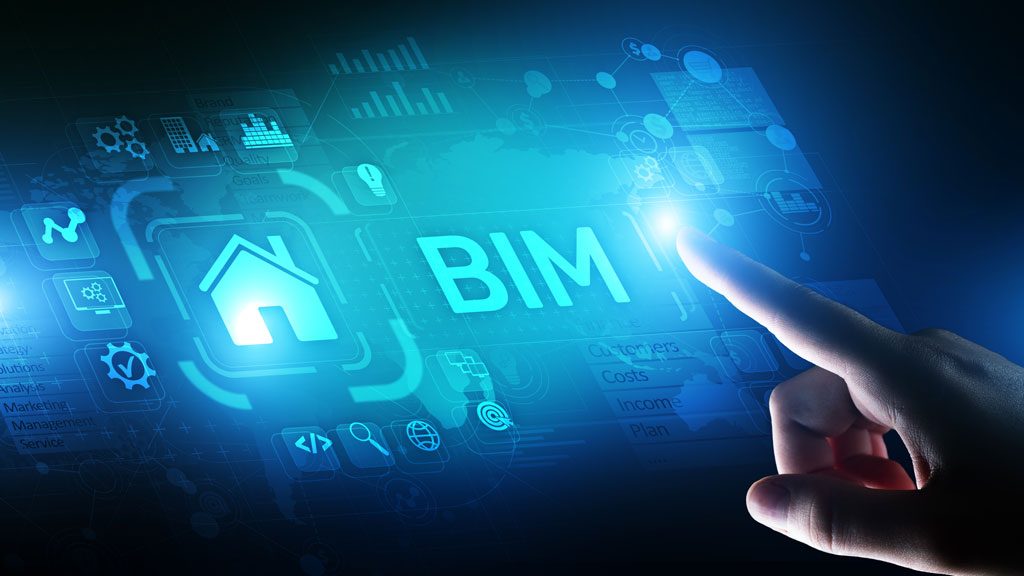BIM is moving beyond buildings and into complex systems, but further integration is required for it to expand and connect structures together.
A panel of experts at CanBIM’s recent Vancouver regional session discussed the potential of building information modelling (BIM) moving beyond buildings to larger-scale systems at a panel called “From the Smart Project to the Smart City: Integration and Collaboration Across Policies, Processes and Technologies.”
Sheryl Staub-French moderated the panel and is a professor of civil engineering and associate dean of equity, diversity and inclusion at the University of British Columbia (UBC).
Staub-French said the current expansion of UBC’s bioenergy facility, a $14.85 million project involving adding boiler capacity, civil and structural modifications and removal of redundant equipment is an example of examining BIM’s role throughout the life cycle of the project.
“We’re working with UBC to better understand how BIM can benefit them throughout design, construction and operations. It’s really meant to document how BIM can or should be used and captures some of those lessons learned on how to do it better on the next project,” Staub-French said.
Staub-French said owners are key to the process of BIM implementation.
“Owners are critical in terms of being clear about what they want, in terms of information about the facility, how they want it handed over, and they’re also the ones who decide how to organize the project which has a critical influence on the kinds of and quality of information you get,” she said.
City of Vancouver facilities maintenance & operations, real estate and facilities management director Paul Hsu said as the largest property owner in Vancouver it isn’t always dealing with new inventory, but efforts are being made to get operators contributing to the design process from the start of the project.
“It’s all cyclical. If you put owners up front and have them identify challenges such as access to equipment, that gives architects and designers time to change that,” Hsu said.
Hsu added there are many touch points before ground it broken on a building and “None of this is in a textbook, it’s all really through experience.”
He pointed out that until the return on investment is more easily quantifiable it can still be a challenge to advocate for BIM adoption on projects.
“There is a cost to this technology and there’s a benefit to having this technology, but you have to justify that in the business case, and until we can quantify that it’s a tough case to make,” he said.
Staub-French said a change in perspective is needed to realize the long-term benefits of BIM.
“Instead of ‘how much will we save on this project,’ turn it around to ‘how much do you spend on waste from operating your building’?” she said.
“We have to understand our current processes and how much we’re spending by not using BIM before we talk about return on investment,” Staub-French added.
Veerum chief client officer Trevor MacMaster said the key to further BIM adoption is cultural change.
“We see an improvement in the status quo. People are acknowledging there’s a need for change, and cultural demographics changing is leading to more enthusiasm for a ‘point solution’ rather than the older generation wanting all or nothing ‘enterprise solutions’,” MacMaster said.
UBC associate vice-president of facilities John Metras expressed enthusiasm for integrating BIM into a larger revamp of the university’s systems.
“We’re currently renewing our enterprise system, and it’s a massive undertaking. The enterprise maintenance management system also being updated and there’s a huge opportunity there. It’s hugely exciting, it’s just a question of getting BIM in there,” Metras said.
“The next piece is, how can industry help? I don’t think they really quite understand the cost savings element or reduction of waste, which is way better understood on the design and construction front,” he added.
Hsu cautioned there are still roadblocks to further BIM adoption, including a lack of integration once construction is completed.
“Finance isn’t the only hurdle. There’s three, finance in the front, cultural change at the other end but in the middle is sustainability. Through the life of the building, things change, and there’s no easy avenue yet for taking stuff out or putting in the model,” he said.
We want to pay for a system and not have it be outdated in five years,” he said.











Recent Comments